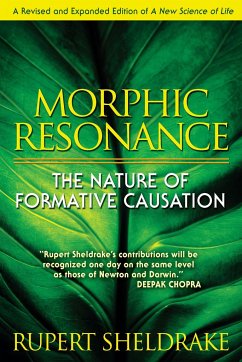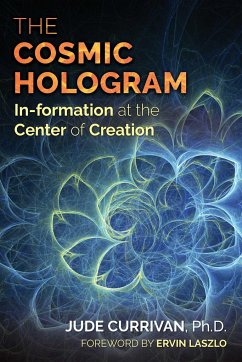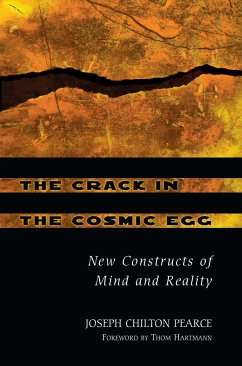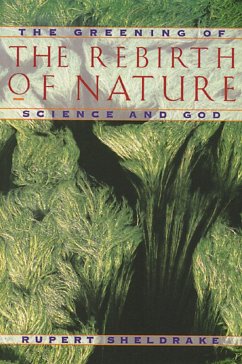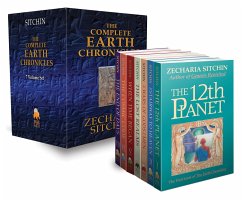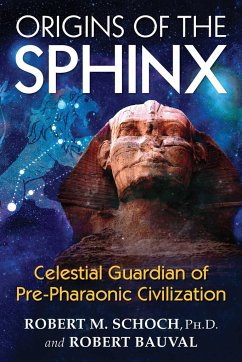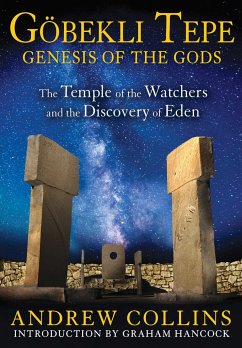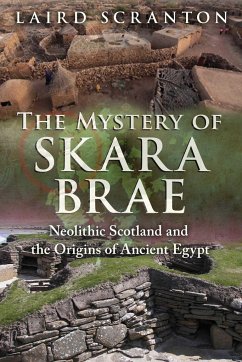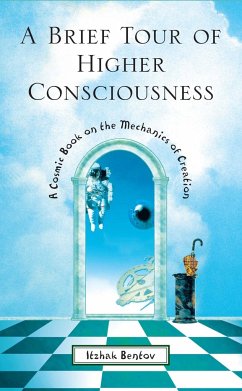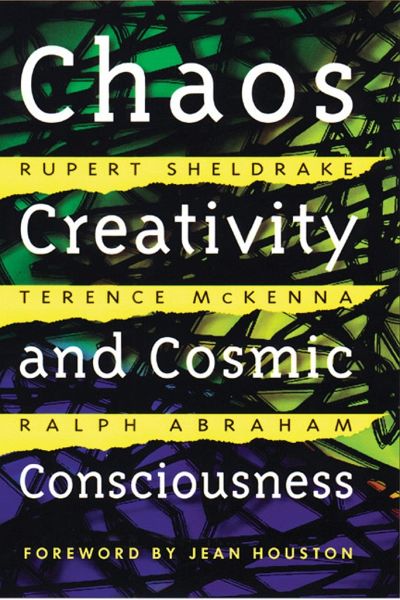
Chaos, Creativity, and Cosmic Consciousness

PAYBACK Punkte
7 °P sammeln!
Are the eternal laws of nature still evolving? In this book of "trialogues," the late psychedelic visionary Terence McKenna, biologist and author of the morphogenetic field theory Rupert Sheldrake, and mathematician and chaos theory scientist Ralph Abraham explore the relationships between chaos and creativity, and their connections to cosmic consciousness.
Three of the most original thinkers of our time explore issues that call into question our current views of reality, morality, and the nature of life.




